Propagation of coleus by cuttings, growing on a windowsill and in the garden
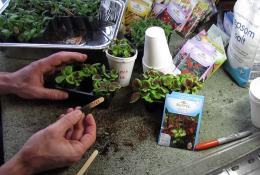
Coleus is an ornamental plant that belongs to the Lamiaceae family. It is distinguished by its unpretentiousness and variegated color of leaves, which in appearance resemble nettles. The most common method of planting a plant such as coleus is propagation by cuttings.
Content:
- Growing coleus at home: care rules
- How and when to pinch coleus
- Propagation of coleus by cuttings at home
- Is it possible to propagate coleus by leaves?
- Features of growing coleus in the garden and flower bed
Growing coleus at home: care rules
Despite the fact that coleus, or nettle, is a fairly unpretentious plant, it is important not to forget about some nuances. Care is not difficult; even a novice gardener can maintain a flower in good condition.
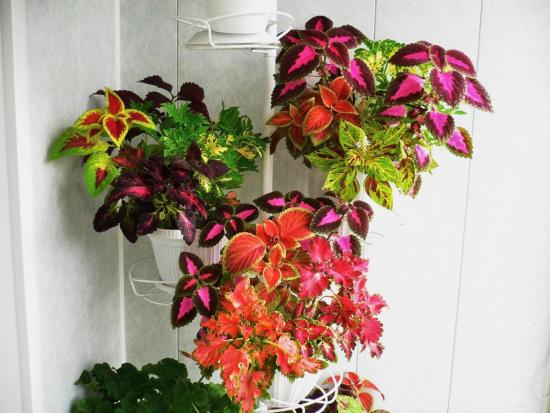
Important to remember:
- That the plant is a light-loving plant, tolerates direct sunlight well, but during periods of drought it should still be protected from the sun for at least a couple of hours. If this is not done, burns may appear on the leaves. It is also recommended to monitor the condition of the leaves if they begin to lose color - this is the first sign of an overdose of light. To correct the problem, the pot with the plant must be moved to a shaded place until the color of the leaf blades is completely restored;
- It is better to place a container with a flower on the windowsills of eastern or southern windows. Here they will receive the maximum amount of necessary light;
- Calmly tolerates temperature fluctuations from +14 C to +30 C. However, it is worth considering that sudden temperature changes can negatively affect the condition of the flower and cause leaves to fall;
- Coleus loves moist air, so do not forget about the need to carry out regular spraying once or several times a day. Despite all the advantages, the plant does not tolerate too dry air, so spraying is one of the most important elements of care;
- It is recommended to water as needed. So, in summer you can monitor this by monitoring the condition of the soil and moisten it as it dries. In winter, it is better to reduce the amount and frequency of watering;
- In summer, it is recommended to fertilize nettles weekly with liquid fertilizers with potassium. As with watering, as the weather gets colder, the concentration and frequency of feeding can be reduced to once per month. If this is not done, there is a danger of activating upward growth of the stem and its excessive elongation;
- When preparing coleus for the dormant period, it is important to begin reducing the amount of watering and fertilizing slowly so that this does not become a shock for the flower and lead to a deterioration in its condition.
The most important aspect to pay special attention to when growing is hydration.
An essentially unpretentious flower does not tolerate drought well, the leaves may turn yellow and fall off.
How and when to pinch coleus
Pinching is done in order to give the plant a bush shape. This should be done exclusively with young plants. To do this, it is enough just to break off the upper part of the main stem after three pairs of leaves have formed on it.After this, it is worth pinch off from time to time the excess stems, the growth of which is directed towards the inside of the bush.
This procedure will help stimulate the development of new branches with denser and more lush foliage, which will significantly improve the appearance of the green pet. Such a plant looks more neat and compact, it is pleasant to look at, and it is convenient to care for.

It is important to remember that not pinching will significantly worsen the appearance of the flower. So, the main stem will stretch, grow in breadth, and then shoot out the arrows.
Such a plant significantly loses attractiveness points. However, this can be fixed. To do this, you need to trim the main shoot (use a clean pruner or a sharp knife). Sprouts that will go to the sides after pruning need to be pinched.
When caring for young nettles, it is important not to miss the moment when you can and should pinch the stem. This will help avoid the need to injure an adult plant, which tolerates pruning much harder than a young one.
Propagation of coleus by cuttings at home
Exists several methods of reproduction this flower. Propagation by seeds is quite labor-intensive and requires special skills, so most gardeners prefer growing nettles from cuttings.
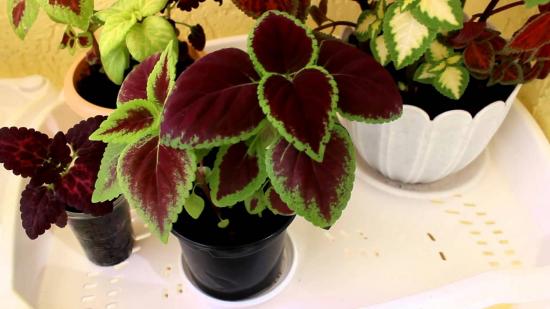
For this it is recommended:
- Choose a branch that is suitable for the cutting - it must have at least two formed leaves;
- Carefully cut it off with a clean tool and place it in a prepared container with clean water at room temperature;
- After a couple of weeks, the first roots will appear on the edges of the cuttings. Wait until they grow up a little;
- Prepare a small container with a moistened substrate and plant the cuttings in it.
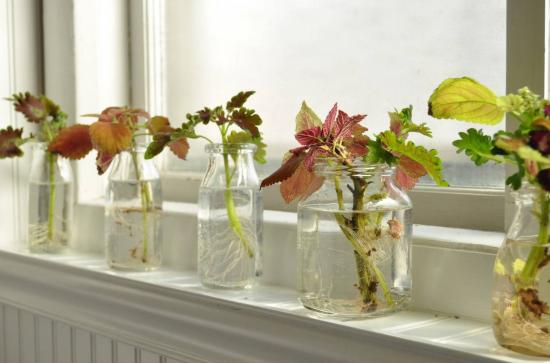
Since this is a rather unpretentious flower, the planted cuttings are already an independent young plant that does not require particularly close care. You just need to make sure that it receives enough light and moisture.
Even more useful information about defrosting a plant is in the video:
Is it possible to propagate coleus by leaves?
There are two common types of nettle propagation: cuttings and seeds. Leaves are not used as material for making seedlings.
Information that it was possible to grow coleus from a leaf is not entirely accurate. This is only possible if, along with the leaf, part of the stem was removed from the main plant, from which the roots began to grow. The leaf blade itself and the petiole are not capable of developing into an independent plant.
A twig with several leaves is considered optimal for planting, but in some cases it is possible to get a new flower from one. This is what is mistaken for growing from a leaf.
Features of growing coleus in the garden and flower bed
Another feature of nettle is the fact that this indoor flower is suitable for growing in open ground. For this purpose, the seed planting method is used.

You can buy seed material at any florist shop; now there is simply a huge number of mixtures of varieties of English and Dutch origin, adapted for growing in gardens.
In this case, it is worth paying attention to the following nuances:
- It is recommended to start sowing at the end of March, at this time the soil receives the maximum amount of light, which is especially important for nettles;
- Before planting, you should prepare a container (a flat box is best) and soil.A fertile but light option is best;
- It is better to sow seeds not in a heap, but evenly over the entire surface of the substrate, without embedding them into it. After spraying the seeds with water, cover them with a small layer of sand;
- For some time, it is recommended to cover the box with film and send it to a warm place with dim light. Maintain greenhouse conditions by systematically moistening;
- In a week or a week and a half, the seeds will germinate. It is important to take into account that the similarity of coleus is high, so there will be a lot of seedlings.
- It is recommended to free the box with sprouts from the film and move it to the windowsill of an east or west window. At the same time, it is important to prevent temperature fluctuations above and below 17-19? C and to protect tender sprouts from the negative effects of direct sunlight;
- After the first month, when the nettle produces its first pair of leaves, the flowers need to be transplanted into cassettes. This will ensure the development of a strong root and protect against the possibility of damage when transferred to open ground;
- After the flowers are one and a half months old, they are replanted again, and pinching is done to stimulate the seedlings to tiller.
After it finally gets warmer outside, you can start planting coleus in open soil. To do this, it is recommended to choose a well-lit area on which a shadow will fall at midday. The area must be protected from drafts.
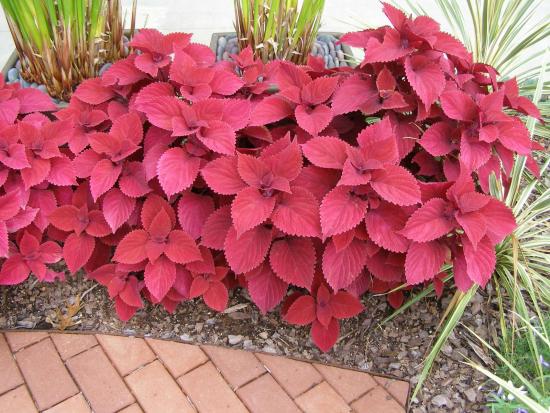
Prepare shallow holes, into each of which it is recommended to add a nutritious air- and water-permeable substrate. After this, you can begin planting, which is not particularly difficult: just move the coleus into the hole, sprinkle the root with soil and water it.
Nettle is often grown as an annual because it does not tolerate winter frosts and still needs to be dug up and taken indoors to be planted in the spring. In addition, such a flower does not grow for more than three years.
Caring for a flower is not particularly difficult, quite enough:
- Provide the bush with abundant watering, which is especially important during summer droughts. For this purpose, you should use exclusively settled water, so as not to damage the leaves with aggressive elements of tap water;
- Systematically loosen the soil, remove weeds that can clog the flower and slow down its development;
- Make shavings of the bush several times during the summer to activate tillering processes;
- During the growth period, apply nitrogenous fertilizers weekly to stimulate growth and inhibit flowering;
- When arrows form, remove them immediately, as they draw a large amount of nutrients necessary for the normal growth of the bush.
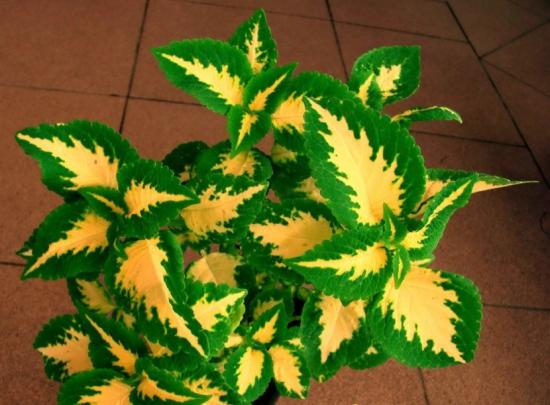
Planting and caring for nettles in open ground does not pose any particular problems even for novice gardeners. It is enough to provide timely watering, fertilizing, pruning, and the plant will delight you with vigorous growth.
There are several methods for propagating coleus, but cuttings are considered the easiest. In order to grow a new plant from a flower twig, you will need very little time and effort.

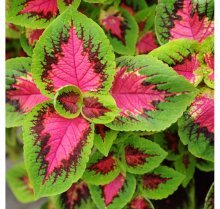

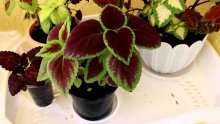
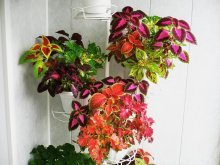
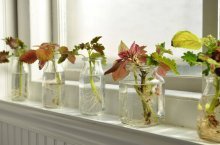

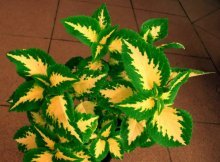

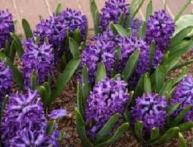
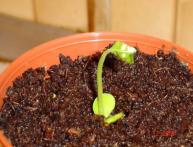
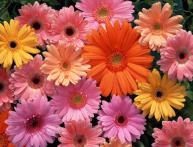
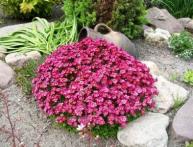
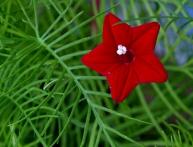
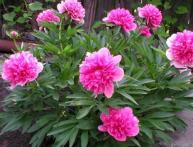

Comments
My coleus grew for a while, but then literally withered in a couple of days and I didn’t have time to separate the cuttings from it. Although usually, if I see that an adult plant is sick, I immediately separate the cuttings for subsequent propagation. I think that some pest settled on my flower and destroyed it, but I didn’t find any traces.
When I was at school, we had such a flower growing in our class, it’s a pity that I didn’t think of taking and breaking off a small stem from it, I would have had such a plant growing at home now.